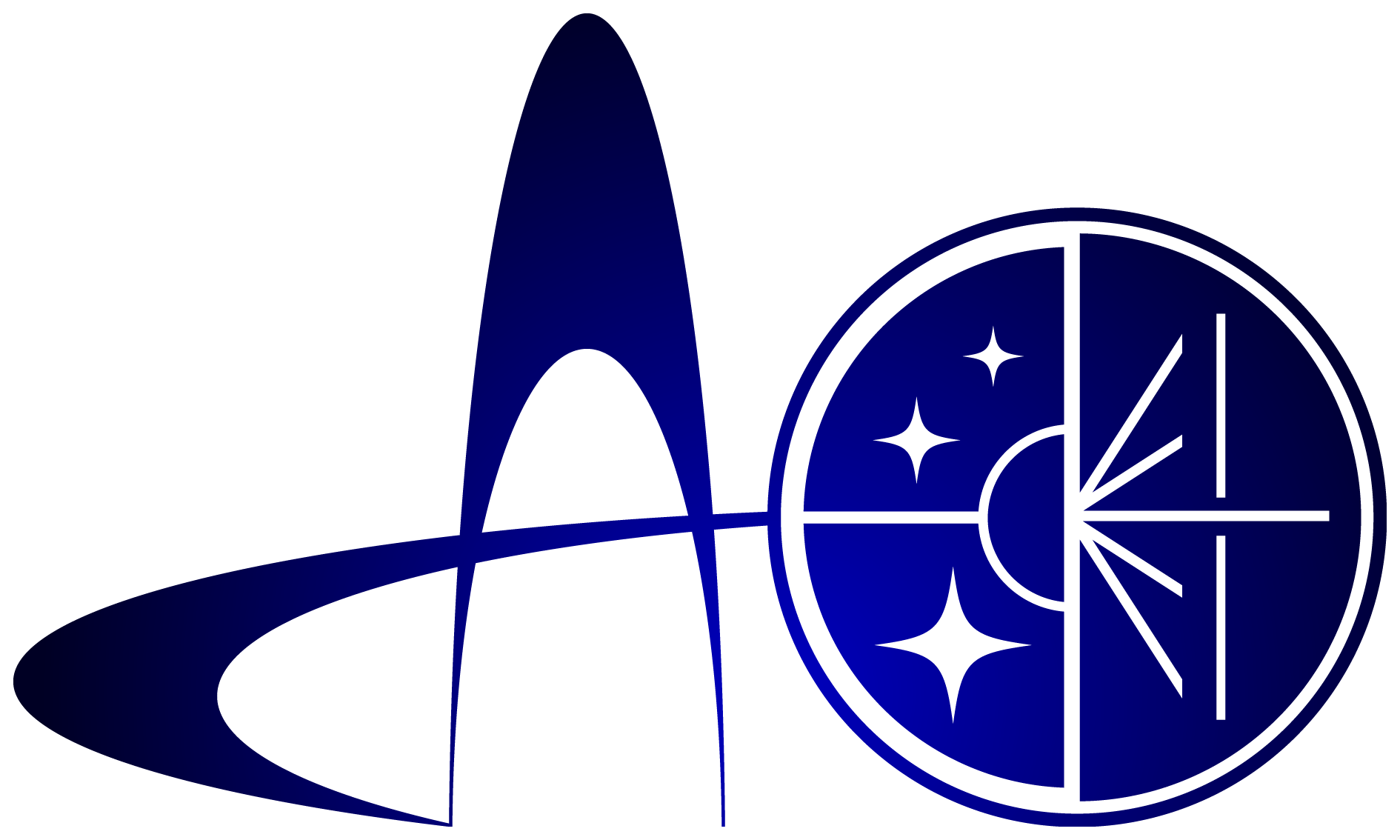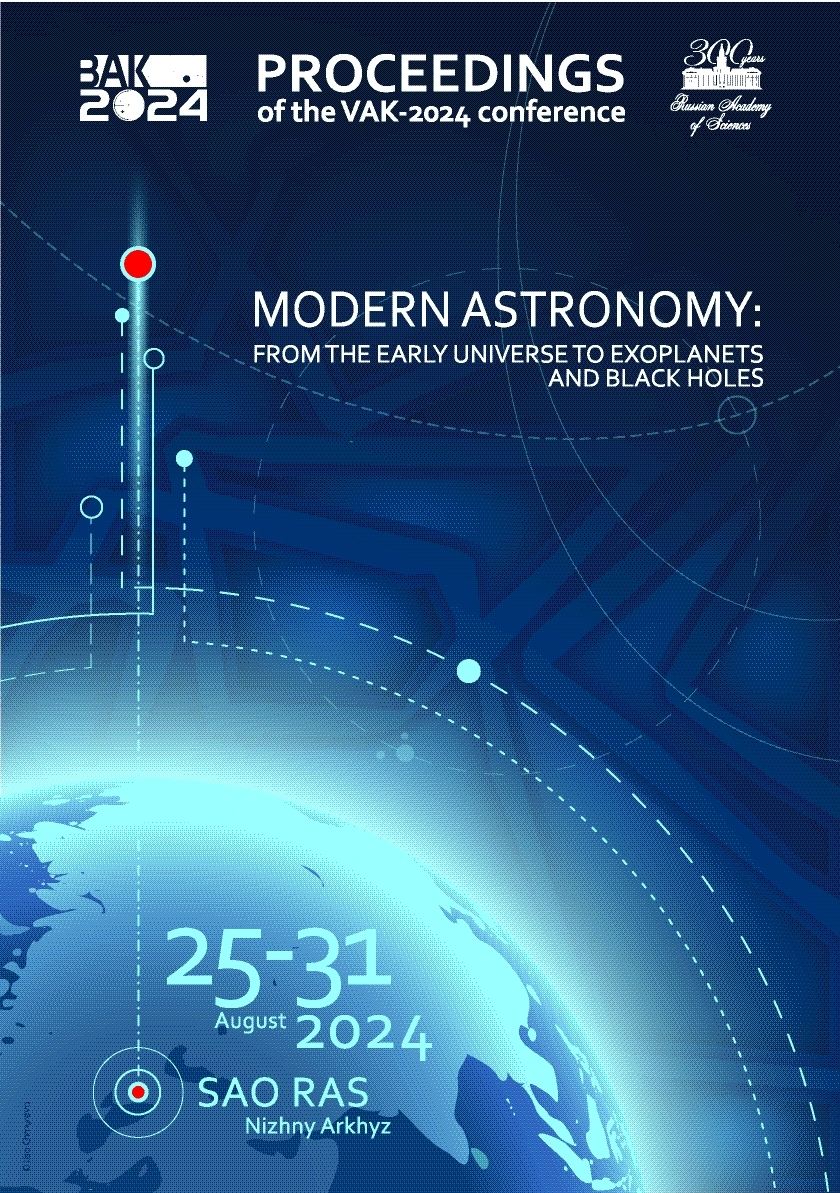UDC 53
UDC 520
UDC 521
UDC 523
UDC 524
UDC 52-1
UDC 52-6
CSCSTI 41.00
CSCSTI 29.35
CSCSTI 29.31
CSCSTI 29.33
CSCSTI 29.27
CSCSTI 29.05
Russian Classification of Professions by Education 03.06.01
Russian Classification of Professions by Education 03.05.01
Russian Classification of Professions by Education 03.04.03
Russian Library and Bibliographic Classification 2
Russian Library and Bibliographic Classification 223
Russian Trade and Bibliographic Classification 614
Russian Trade and Bibliographic Classification 6135
BISAC SCI004000 Astronomy
BISAC SCI005000 Physics / Astrophysics
The results of many years of work on the creation and modernization of the continuum spectrum receiving complexes on the RATAN-600 radio telescope are presented. These complexes are located in the cabins of four secondary mirrors of the radio telescope, three of which can simultaneously conduct observations for three independent programs using separate sectors of the radio telescope primary mirror. To date, a total of 23 radiometers (35 frequency channels) operate on the radio telescope around the clock and all year round. The receiving complexes operate according to technical and scientific programs such as observation of individual objects or round-the-clock sky surveys. The main attention is payed to increasing the sensitivity and long-term stability of the radiometers. With a large number of receivers, the operational characteristics are also important (ease of maintenance, mean time to failure, dimensions, power consumption). One of the tasks being solved is the problem of noise protection in the operating frequency ranges as well as active noise reduction in the decimeter wavelength ranges. The groundwork and prospects in this direction are presented. The immediate plans for the commissioning of new radiometers are also introduced.
instrumentation: detectors
1. Berlin A.B., Parijskij Yu.N., Nizhelskij N.A., et al., 2012, Astrophysical Bulletin, 67, 3, p. 340
2. Krishna Mohana A., Gupta A.C., Marscher A.P., et al., 2024, Monthly Notices of the Royal Astronomical Society, 527, p. 6970
3. Sotnikova Yu.V., Wu Z., Mufakharov T.V., et al., 2022, Monthly Notices of the Royal Astronomical Society, 510, p. 2495
4. Trushkin S.A., Bursov N.N., Shevchenko A.V., et al., 2024, The Astronomer's Telegram, 16581
5. Trushkin S.A., Shevchenko A.V., Bursov N.N., et al., 2023, Astrophysical Bulletin, 78, 2, p. 225
6. Tsybulev P.G., 2011, Astrophysical Bulletin, 66, 1, p. 109
7. Tsybulev P.G., Nizhelskii N.A., Dugin M.V., et al., 2018, Astrophysical Bulletin, 73, 4, p. 494
8. Tsybulev P.G., Nizhelskij N.A., Dugin M.V., et al., 2022a, Astrophysical Bulletin, 77, 4, p. 516
9. Tsybulev P.G., Nizhelskij N.A., Dugin M.V., et al., 2022b, Proceedings of Science, 425, id. 15
10. Veledina A., Muleri F., Poutanen J., et al., 2024, Nature Astronomy, 8, p. 1031
11. Vlasyuk V.V., Sotnikova Yu.V., Volvach, A.E., et al., 2023, Astrophysical Bulletin, 78, 4, p. 464








